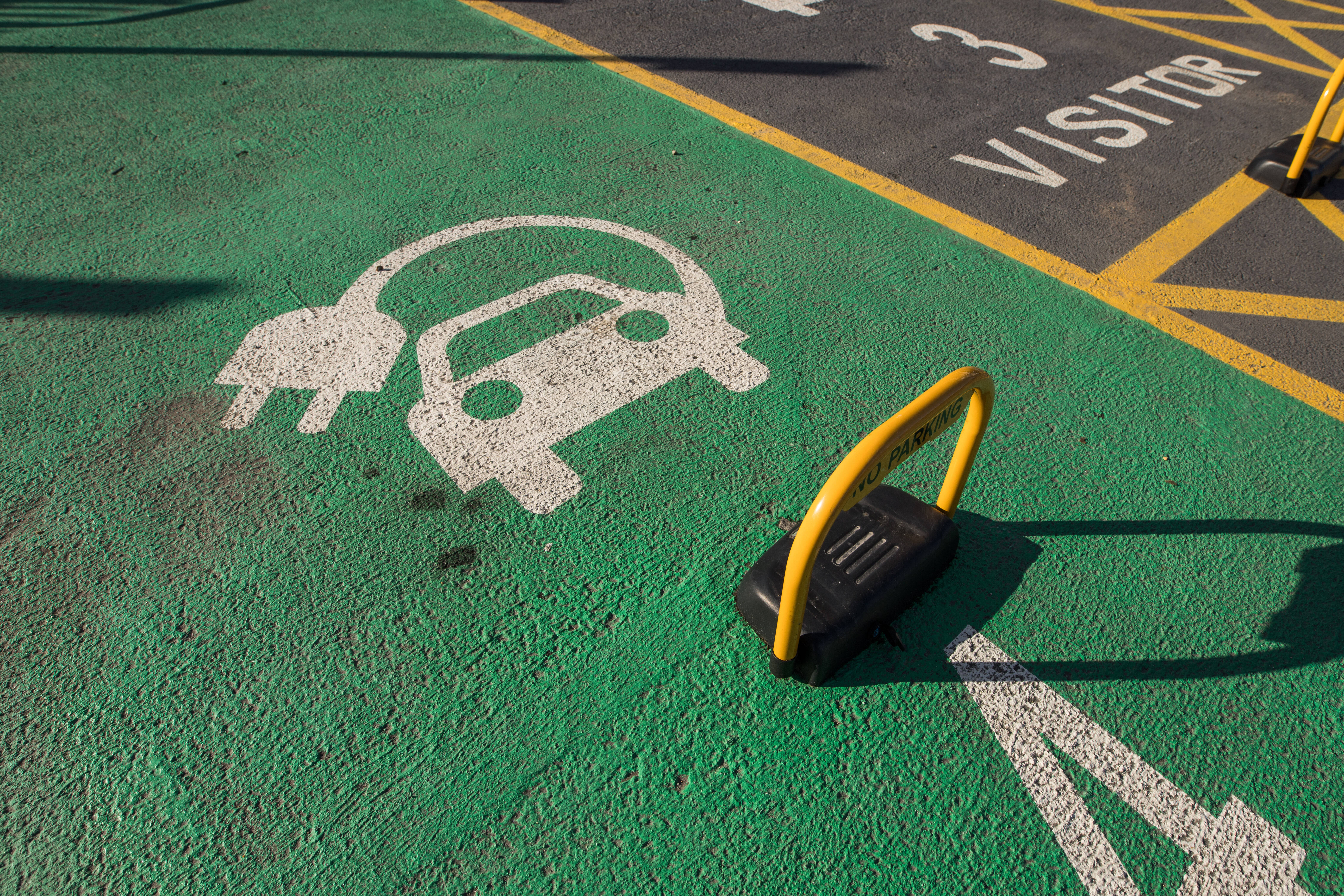When it comes to electric mobility, two types of electrical currents can be used to charge an electric vehicle - AC (alternating current) and DC (direct current).
What are AC chargers?
The most common method of charging electric vehicles is through AC power, which utilises the vehicle's ‘onboard charger’ to convert power from AC to DC before feeding it into the battery. It's a common misconception that chargers determine the charging rate, as it's actually the vehicle itself that determines the maximum power capacity that the charger can deliver.
What are DC chargers?
With DC chargers, the converter is housed inside the EV charger itself, which feeds power directly to the battery without the need for the ‘onboard charger’ to convert it. DC chargers are generally bigger, faster and considered a significant breakthrough for EVs.
However, similar to the AC charging method, the EV determines the maximum power capacity that the charger can deliver and accept.
For instance, a Mercedes-Benz EQC has a maximum charge speed capability of 110kw. Therefore, even when connected to a 350kw rapid charger, the vehicle will only take a maximum of 110kw.
When deciding between AC and DC chargers, critical factors to take into account include charging speed, cost-effectiveness and benefits. Contact our team for more support.

Dan Booker, Head of EV Projects at Devitech

